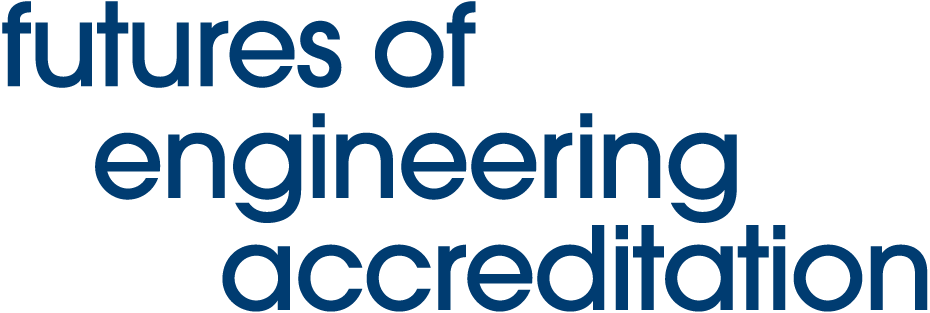Since its creation in 1965, the Canadian engineering education accreditation system has supported Canadian engineering regulators and inspired and mentored accreditation bodies internationally. Significant changes in engineering practice and education have occurred over this same period. From technological advancements to the emergence of new and alternative educational methods, the context for today’s engineers is far different from that of the past.
The objective of FEA is to leverage the insights, perspectives, and expertise of members of the Canadian engineering ecosystem to examine the current accreditation system, understand how it’s serving contemporary needs, and consider how it can chart a new path for the future of our profession.
Futures of Engineering Accreditation is an initiative by Engineers Canada, and part of its 2022-2024 Strategic Plan. It is done in partnership with Coeuraj, a design and facilitation consultancy.
The co-design process
To best gather insights and perspectives from the Canadian engineering ecosystem, FEA will use a collaborative design (co-design) approach to engage participants throughout the project.
A co-design process harnesses the collective intelligence and participation from various groups to achieve an overall outcome. All FEA engagement sessions will be led by a team of facilitators from Coeuraj who will ensure all participants have an equal opportunity to contribute to the design process.
Phase 1
Research
In May 2021, the engineering regulators approved a new strategic priority to investigate and validate the purpose and scope of accreditation. To begin this work, members of the engineering ecosystem gathered perspectives on the current context in which the accreditation system functions. Two task forces conducted research to both benchmark the Canadian engineering accreditation system (to both national and international comparators) and to understand current and emerging trends in engineering education. In a workshop with educators and regulators, the current realities of engineering education were explored with those who experience them on a daily basis. Both task forces oversaw the research and production of reports which we publicly published and discussed with Regulators to set the context for all future work. This upfront work served as the foundation for the project pathway.
Phase 2
Understanding the existing system
Through a series of tailored, experiential sessions, members of the Canadian engineering ecosystem are engaged to share their unique perspectives, including their experiences and expertise on the overall licensure process and accreditation system.
Phase 3
Introducing new voices
As we continue to unpack the current system, strategic foresight sessions will bring together the different perspectives of the ecosystem, to imagine what the future engineer is expected to do. With a better understanding of the voices at the table, these sessions will be fundamental in identifying the collective work needed to evolve the engineering education accreditation system.
Current Phase (Phase 4)
Nurturing an emergent system
As the work and recommendations for the accreditation system begin to unfold, more voices from the ecosystem will be able to fine tune the Path Forward Report, with an intended release in 2024.
People behind the project
We formed a dynamic group of volunteers from across Canada with a range of expertise. Guiding much of FEA’s work are individuals from the engineering ecosystem who provide their knowledge to further our work. These groups include the:
- Academic Requirement for Licensure Task Force
- Benchmarking Accreditation Task Force
- Engineering Education Task Force
- Purpose of Accreditation Task Force
- Regulator Advisory Group
- Steering committee
Each individual brings a unique perspective to each project session, working group, survey, and report, strengthening our research and insight around the accreditation system.

